Alan Titchmarsh: The 'Hollywood A-listers' of the plant world are fussy, flouncy — and totally irresistible
Alan Titchmarsh waxes lyrical about the benefits of bulbs, and why disposing of them year on year might not be the environmental sin that it seems.


Like Hollywood superstars, some plants are, by their very nature, temperamental. We fuss over them, we do our best to meet their demands, however much it may inconvenience us, yet still they flounce off (which, in botanical terms, means they curl up and die). Ungrateful blighters.
Spring-flowering bulbs, on the other hand, seem eager to please – in the first year after planting at least. All the work has been done for us and in that little miracle of Nature rest leaves and flowers that will emerge – given water, light and a suitable temperature – to cheer us in the New Year.
'I pore over bulb catalogues like Fagin over his casket of jewels'
Personally, I can’t get enough of them (the bulbs, that is, not the Hollywood superstars. Over the years, I have encountered both groups and know in whose company I would rather spend my days). Each autumn, I pore over bulb catalogues like Fagin over his casket of jewels and drool at the prospect of adding more of them to my garden and the pots that decorate our terrace.
It is at this point that I may come over as ungrateful and, seemingly, contradict my first statement. Each year, as well as adding more clumps of my favourites to beds, borders and patches of grass in the garden, I grow bulbs in large pots and tubs, too, content to enjoy a single season of their beauty before either giving them away to friends or consigning them to the compost heap. Hear me out; there is method in my apparently wasteful attitude.

Tulips, in particular, produce from the one large bulb planted in autumn a cluster of new bulbs of varying sizes, only the largest of which (if you are lucky) will produce a flower the following year. This means that tulips have to be dug up after flowering, allowed to dry off and the larger bulbs stored for replanting, in the hope that they will bloom next year.
Apart from the bother of doing this (and I am a gardener, trained from birth to be patient and frugal) it means I have no room to try new varieties from year to year. Therefore, I give them away or compost them after they have flowered, supporting the bulb trade by buying new varieties each autumn. Now is a great time to plant.
'Goodbye King Alfred, hello Skype'
Tulips are especially prized. I tend to buy them in multiples of 10 to plant in large terracotta pots and lead tubs that sit on the terrace around the house. The anticipation is ridiculous – watching their red-tinged spears pushing up through the soil,
Exquisite houses, the beauty of Nature, and how to get the most from your life, straight to your inbox.
followed by the slowly unfurling scrolls of foliage, and then the flowers, colouring in their buds and finally opening their extravagantly stained goblets in the spring sunshine.
It seems a ridiculous amount of joy for such a small financial outlay and Tulipmania, that 17th-century craze that bankrupted many a Dutch nobleman, appears not nearly so senseless. (I wouldn’t swap my house, my silver spoons or a load of hay for a single bulb, but a potful of tulips is wonderfully life enhancing.)

I’ve stopped planting them in the orchard grass. I love it when they emerge among the rising sward in April and May, but, after the first year, they fizzle out, fall victim to tulip fire (a disfiguring disease that bleaches foliage and flowers) and generally run out of steam. Instead, I plant camassias in part of our meadow. These beauties – the dainty rich blue Camassia quamash and the larger and paler C. cusickii produce towering spires of starry flowers that look much more at home among the greensward than tulips.
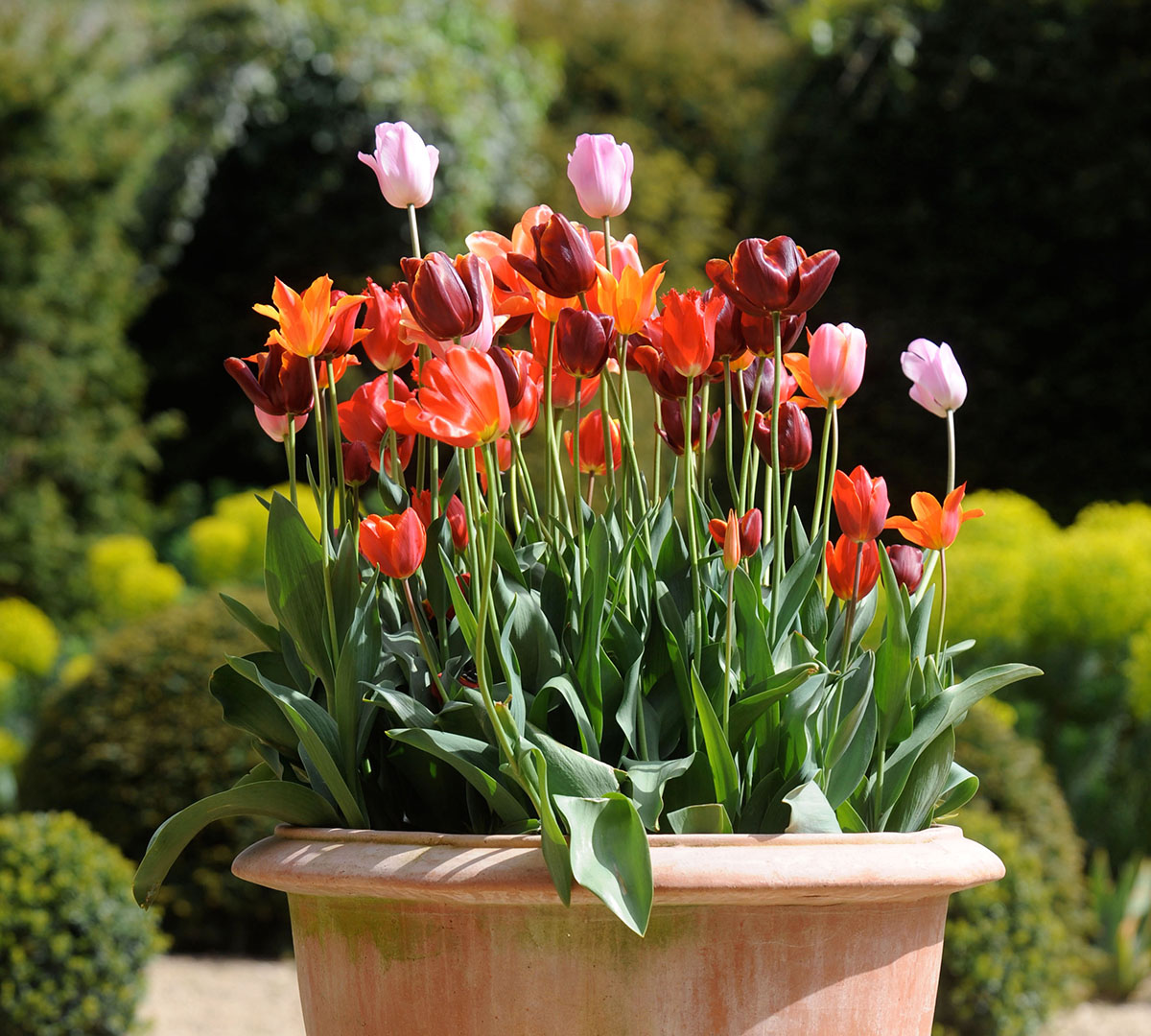
They last no more than a month, but anticipation is one of the joys of gardening that is hugely underrated – a guarantee of hope and an antidote to over-familiarity.
I have yet to plant alliums in my meadow. Somehow, their sturdy symmetry seems at odds with their louche surroundings. Instead, I grow them in a border alongside the house, where they are followed by lady’s mantle (Alchemilla mollis) and then by autumn-flowering asters (Michaelmas daisies), ensuring that the border has more than one season of interest.
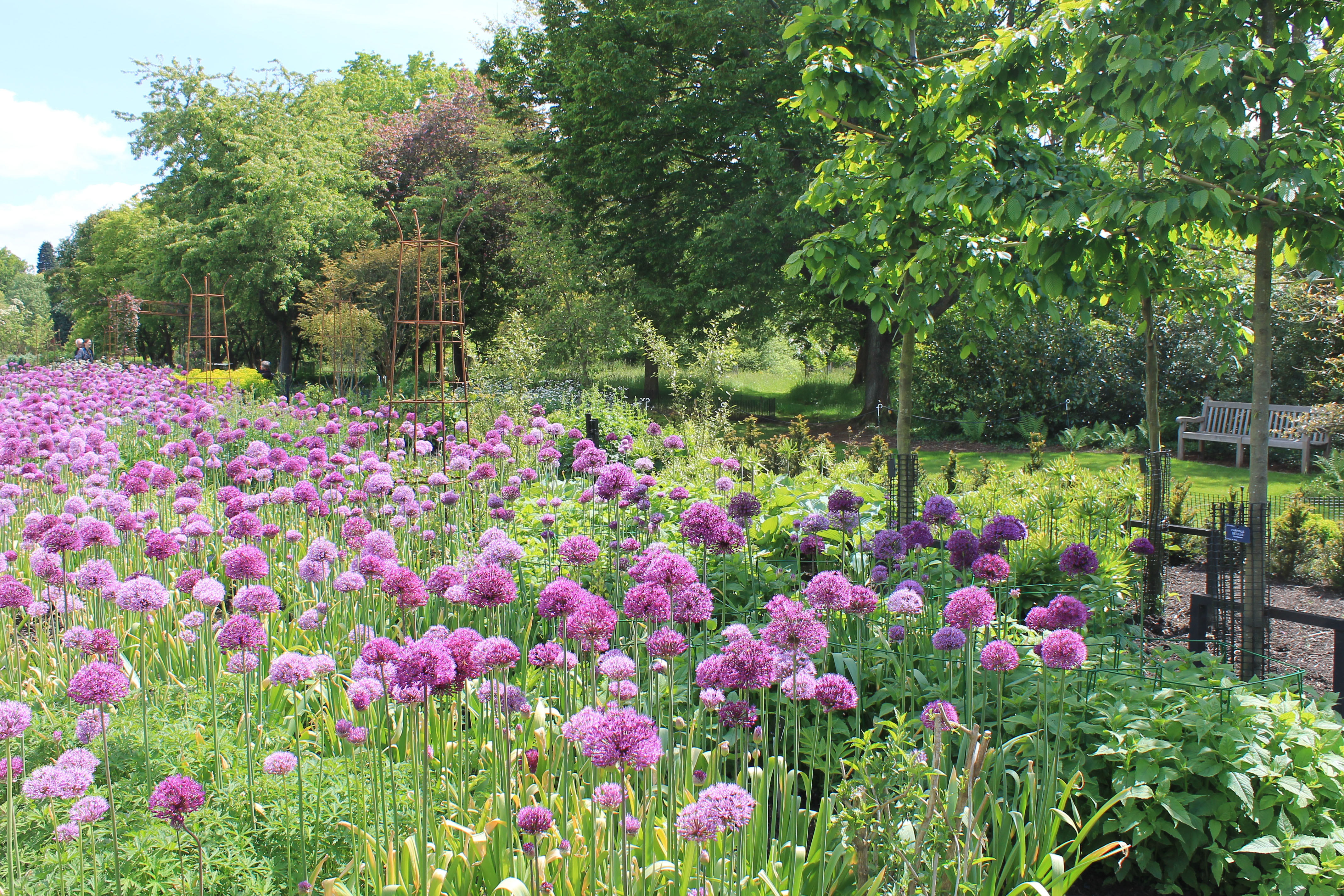
Allium Purple Sensation seems to have become a dirty word nowadays (it is extremely rampant and seeds itself profusely), and the cognoscenti seem to prefer Purple Rain. If you fancy a sturdy clump of alliums, Globemaster should impress, with its muscular orb of starry lilac-purple stars fully 15cm across.
Those old daffoldils – Carlton, King Alfred and the like (what a friend of mine calls ‘cooking daffs’) have been superseded in my garden by more elegant beauties that are less likely to be bowed down by rain. Foot-high varieties such as Tête-à-tête, Jenny, Jetfire and Lemon Silk are my own favorites, and I am looking forward to a pale-salmon-pink-trumpet variety I am trying for the first time this year in narrow borders running up to the greenhouse. Skype, it is called. Yup. Goodbye King Alfred, hello Skype.

Alan Titchmarsh: Why Kirstenbosch is the gardener’s garden
Alan Titchmarsh waxes lyrical about one of the world's truly magnificent gardens.
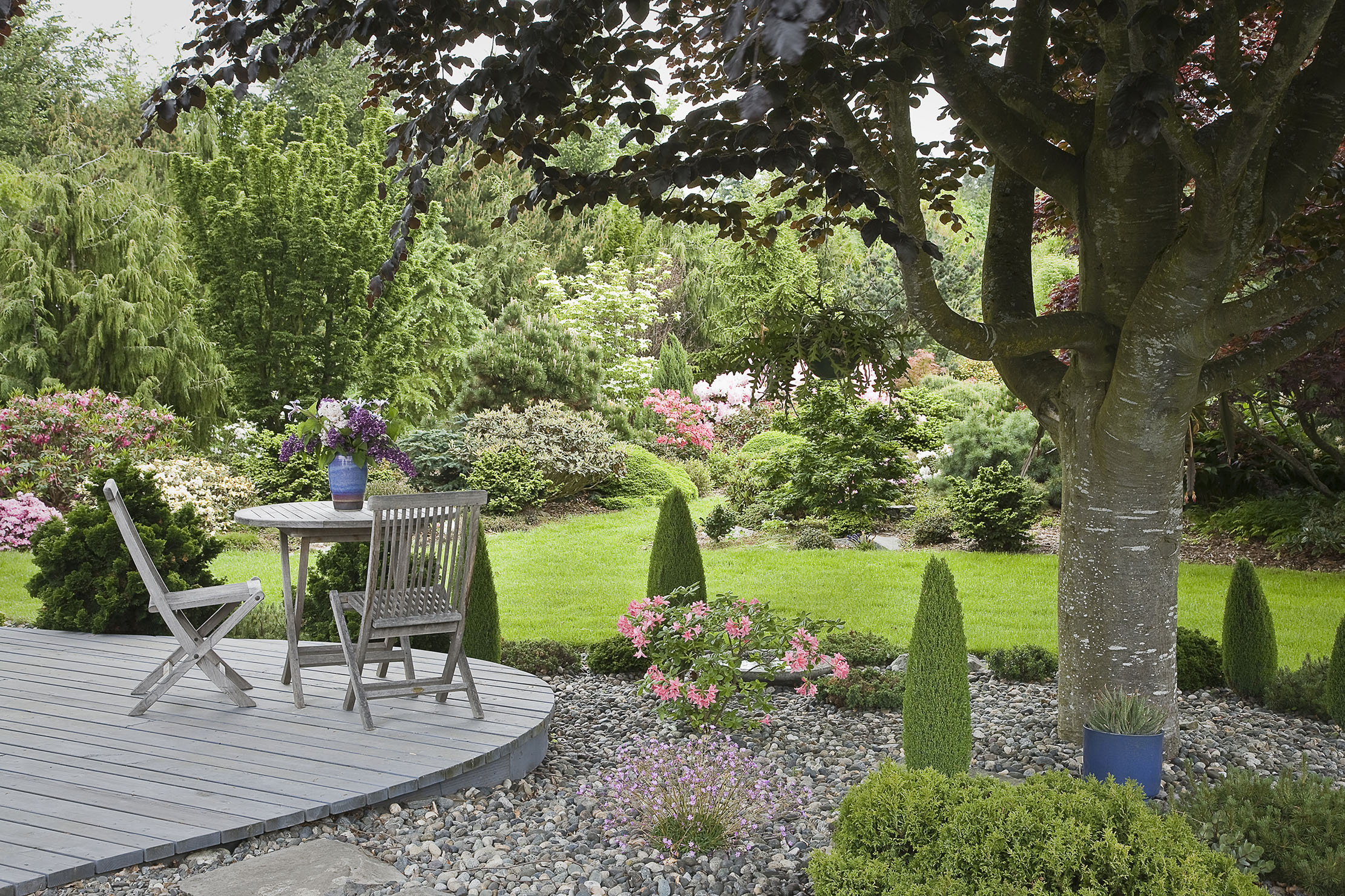
Credit: Mark Turner / Getty Images
The biggest snobbery in gardening 'isn't just regrettable — it amounts to a horticultural sin of omission'
If you thought conifers were naff, think again says Charles Quest-Ritson, who joins the new wave of designers rediscovering the

Credit: Alamy
Alan Titchmarsh: The best time of year to plant tulips
Alan Titchmars on planting tulips - and avoiding the grind of removing and storing bulbs every year.

Alan Titchmarsh: The poetic pleasure of plant names
Our gardening expert on the days spent learning the names of some of the most obscure plants in Britain.
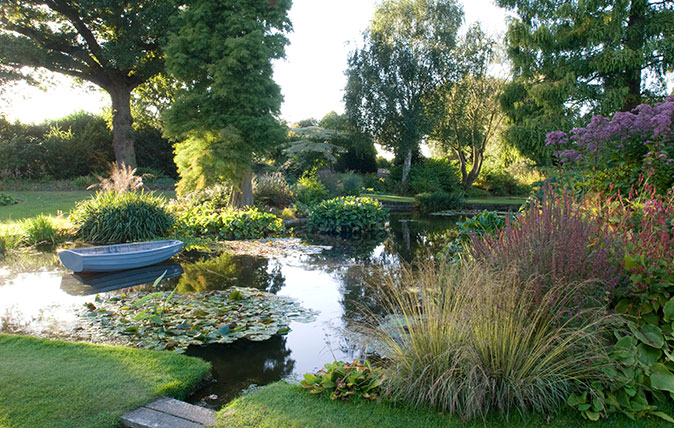
Alan Titchmarsh: How to keep a perfect pond
Alan Titchmarsh says that now is the time to clear out the weeds and keep your pond in top condition
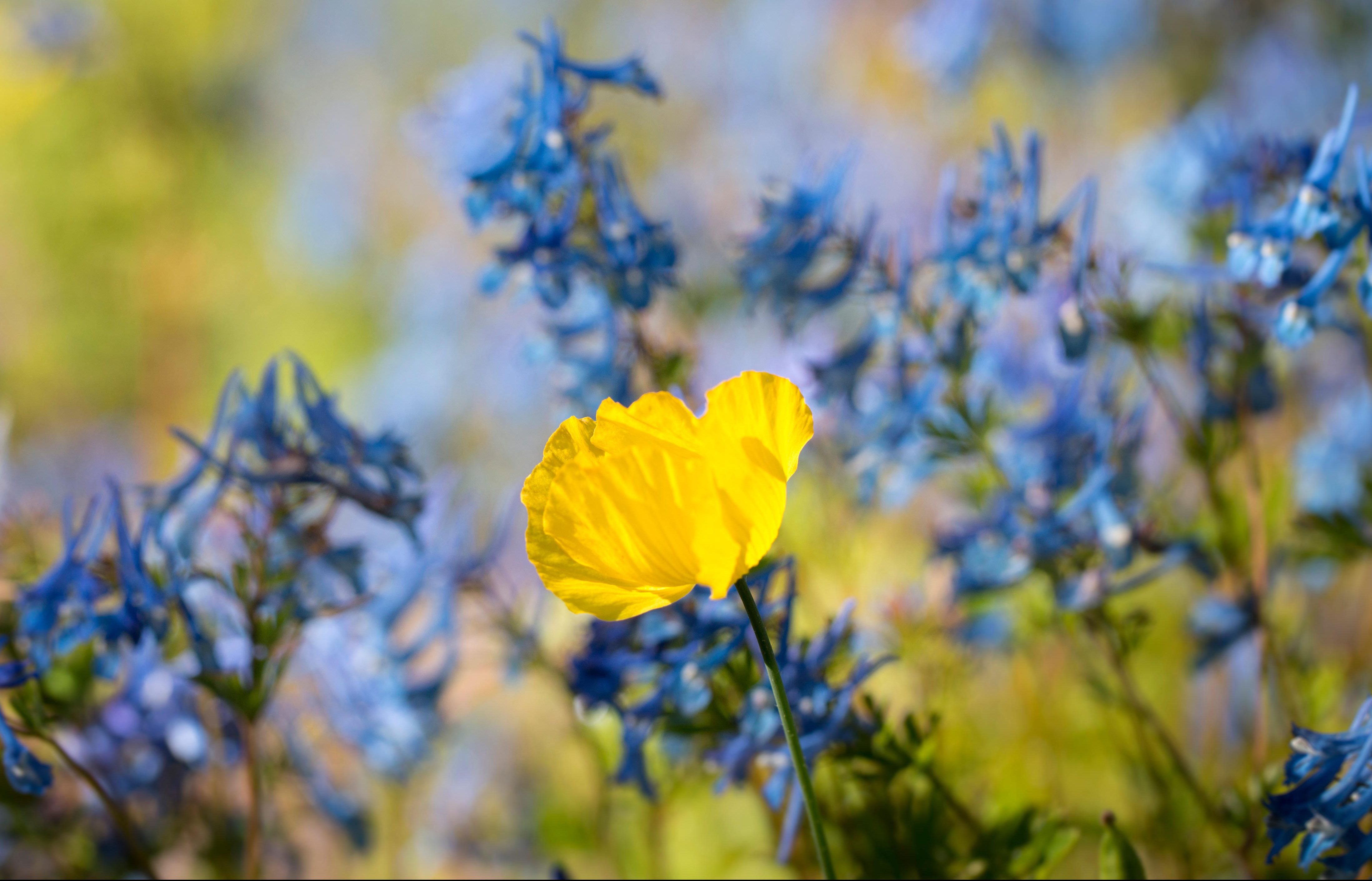
Alan Titchmarsh: The weeds I welcome with open arms
Our columnist Alan Titchmarsh used to spend hours ridding his garden of anything he hadn't planted himself. These days he
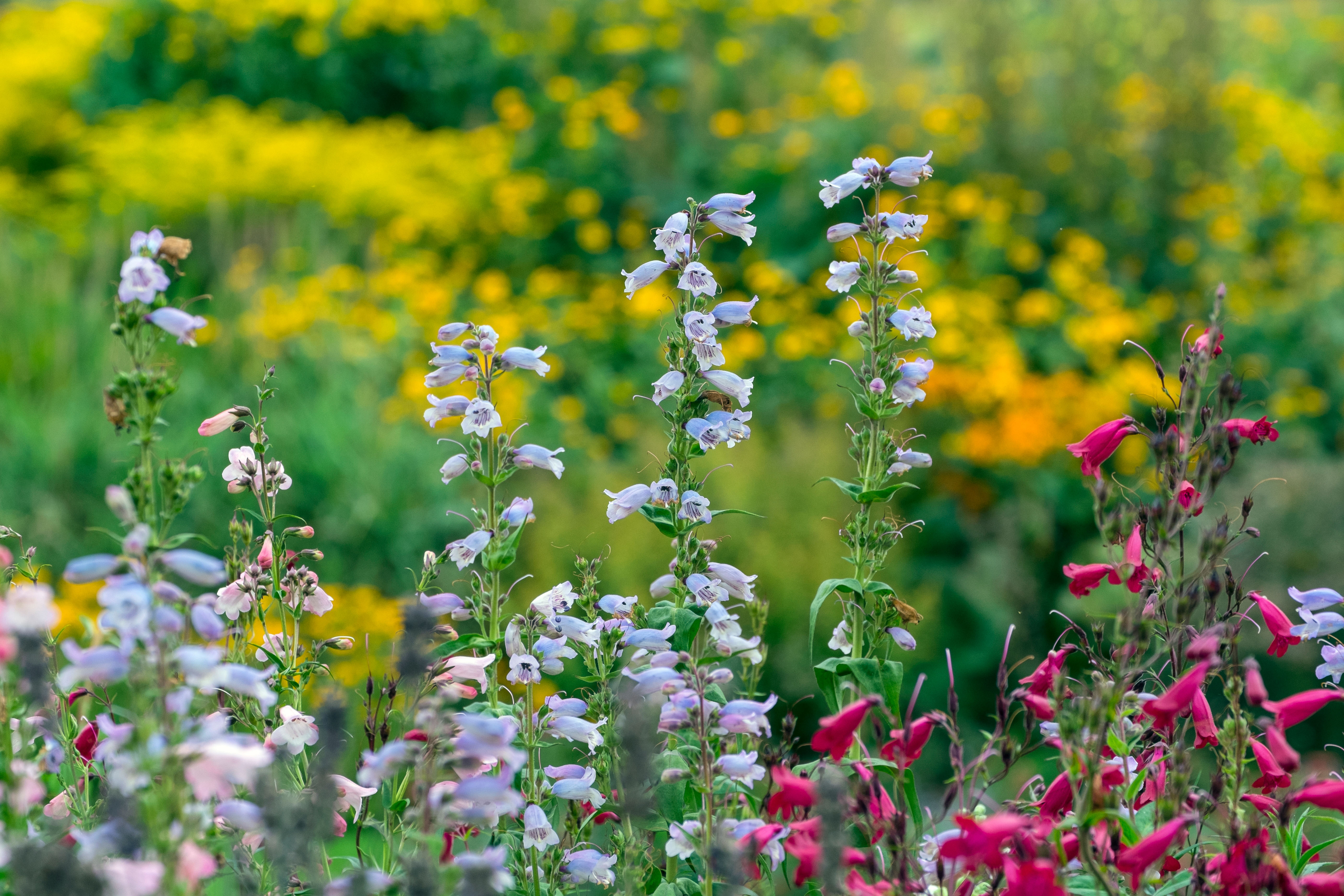
Credit: Gary K Smith / Alamy
Alan Titchmarsh: The ultimate flower for the lazy gardener
Penstemons are easy to grow, hardy, and flower for months — even the slugs don't both them. They might just be
Alan Titchmarsh is a gardener, writer, novelist and broadcaster.
